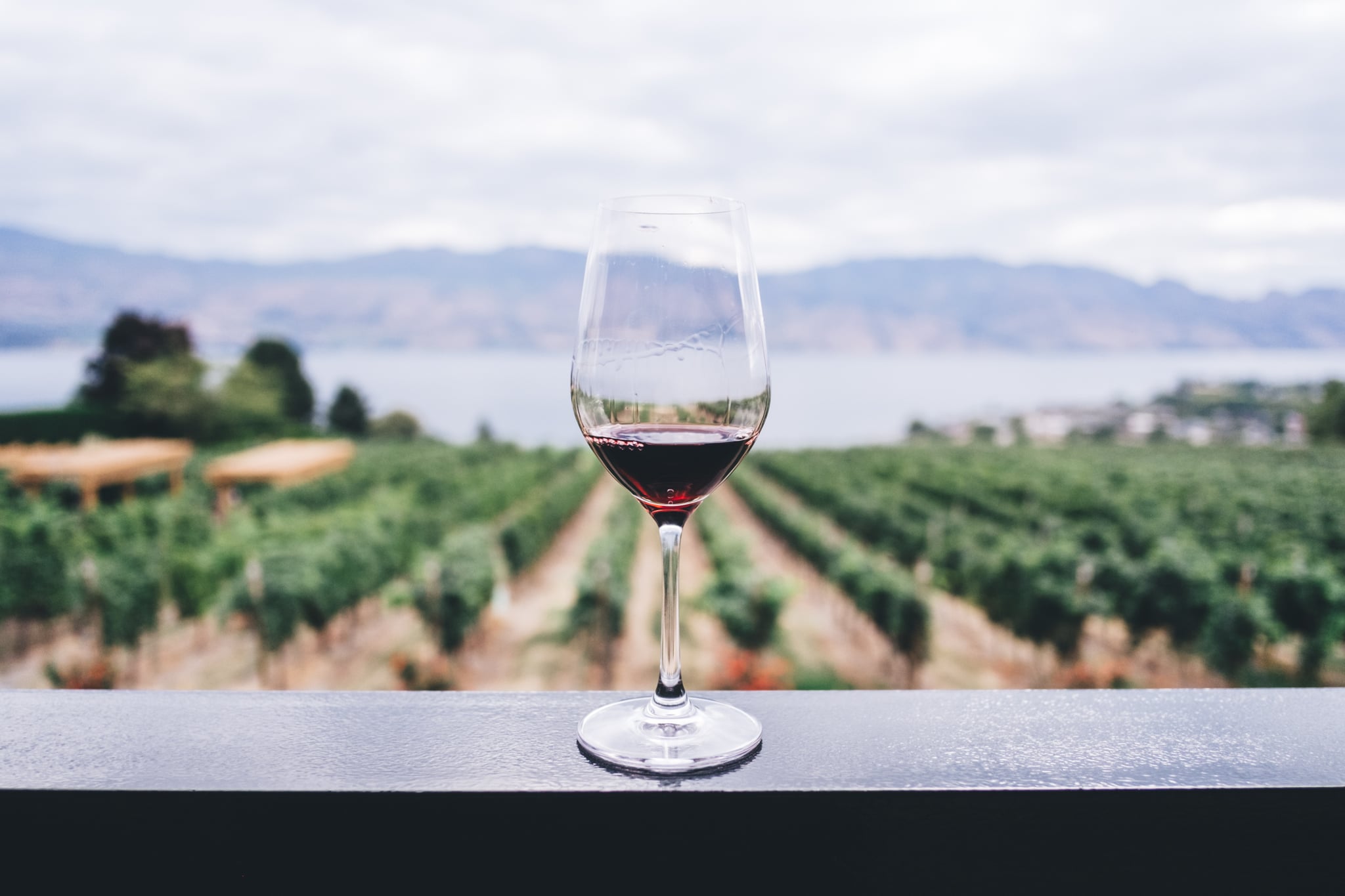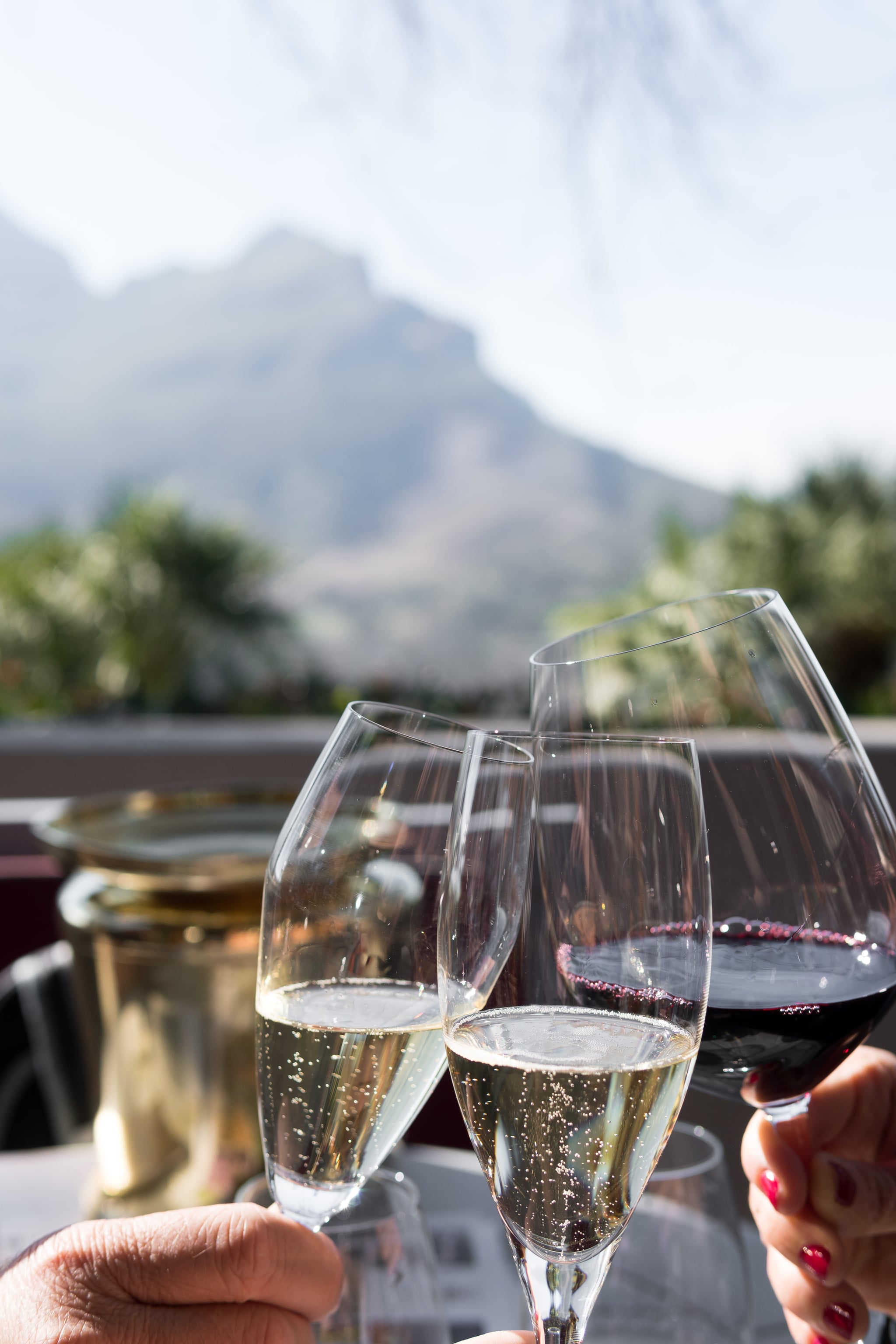How to Drink Wine According to a Sommelier
This Is How You Should Drink Wine, According to a Sommelier

Image Source: Unsplash / Kym Ellis
Long before my friends were done drinking light and cheap beer, I was drinking wine. I'd like to blame my parents for this, as the cultural traditions of my family and my parent's love of delicious food and beverages pushed me to develop a more sophisticated palate than someone in their early 20s probably should have.
Cue my 30s, where my inner foodie came out to play amongst my group of friends, and I found myself wanting to know more about wine. I wanted to know what paired well with the cheese I liked. I wanted to know what would enhance the flavour of my meat or what would carry my fish. I was lost in aisles in the wine store picking out wine based on labels and little else, and enjoying days at the vineyards getting a bit buzzed but having really no sense of what would work later. I just knew that I liked a specific wine in a specific moment, but did I really like it? Was it worth the investment?
To settle my desire for more information, I took an introduction to wine appreciation class at my local community college, taught by a professional sommelier. I ended up loving it so much that I signed up for the next series as well as a few one-off regional classes in the summertime. But, not only did I love it, I learned a lot, too. Want to know what it's like to learn how to drink wine from someone who is certified to basically do just that for a living? Here are some of the coolest things I learned.
The 5 S's Tasting Method Is the Way to Go
Yes, there is a complete method to tasting wine. It's not just pop the cork and go, there are five steps to ensuring you are getting the most out of your wine tasting experience. It does like this:
- See: First, the wine is to be seen for colour, which is checked by holding the glass up against a backdrop at a 45-degree angle. Cool tip: A pinot noir is the only wine that can show a blue rim variation!
- Swirl: You swirl wine "to look pretentious," my instructor joked. No, really it is to let the aromas out.
- Smell: Time to take a whiff of that wine. Our professor gave us an aroma wheel, and if you're serious about wine tasting, I suggest you look at one yourself. This helped me realise where my senses (both smell and taste) were lacking and where they were strong. Let's just say I can pick out the smell of tobacco and leather, but ask me the different between a peach and an apricot and I cannot help you. This allowed me rectify the situation (I seriously picked up one piece of fruit from every container in supermarket one day and sat down with all of them, sniffing and tasting), and made my wine experience much better.
- Sip: After smelling, comes the tasting. It's fun to see which aromas you smelled are actually in the wine. However, sometimes the wine may surprise you and taste almost nothing like it smelled.
- Spit or Swallow: Then, of course, you swallow. There is no reason to spit out perfectly good wine, unless it's gone bad — but, tbh, if you're paying attention, you'll know before you get to this part if the wine is spoiled.
You Should Swirl Your Bubbles, Too
Contrary to popular belief, yes, you should follow the 5s method for your sparkling wine, and this includes giving it a good swirl. You don't have to be aggressive with it, but gentle enough to release the aromas of the cava, prosecco or champagne you are drinking.

Image Source: Unsplash / Matthieu Joannon
You Should Swirl Your First Sip of Wine Like Mouthwash
On the first sip of the night, you should give your wine a good swishing action around your mouth. This, according to my teacher, gets the palate ready to absorb all of the flavours in the wine. On your second sip, you'll be a bit more gentle and discerning about what you taste.
Yes, You Can Taste the Difference Pending on Where the Wine Is From
Old World wines (from France, Italy, Spain, Portugal, Greece, and Germany) and New World wines (from the US, Australia, South Africa, Chile, Argentina, and New Zealand) have certain differences that anyone can taste. Old World wines are often described as tasting lighter and less fruity, and having less alcohol, but higher acidity. New World wines are often described as tasting riper and more fruity, and having higher alcohol and less acidity.
One of my favourite ways to distinguish an Old World wine vs. a New World wine (and a little tidbit I pull out to sound smart around my friends) is the amount of pepper flavour you can taste in New World wines. You can taste white pepper, black pepper and jalapeño as the wine finishes, giving you a little kick at the end.
The Wine You Like May Have a Bunch of Different Names
In the Old World, you drink by the region, while in the New World, you drink by the grape. For example, I love to drink a good pinot noir, what it's called in the New World. But if I wanted to get the same kind of wine in an Old World bottle, I'll have to look for a Burgundy (made in, well, Burgundy, France). There are also slight name variations. For example, a Syrah, which is also made in France, has taken on new life as a Shiraz, which is planted in Australia. Do some research on your favourite wine and what it's known as around the world, so you won't ever have to sit there looking confused as you read the wine list.
An App Can Seriously Help
I have been using Vivino since my professor recommended it. It lets you take a picture of the bottle of wine you are having, and save it, giving you price points, places to buy, and information about the wine itself. It came in handy while I was in Italy and was spending days tasting way too many wines to remember. Now, I use it when I'm at dinner with friends or family, but also to take photos of wine I didn't like, just so I know not to go that route again.

